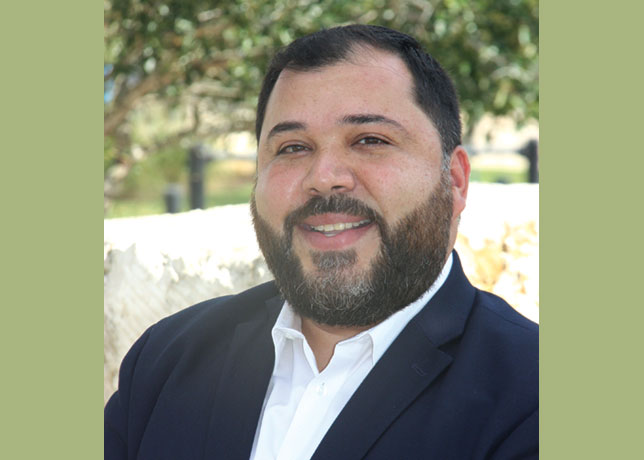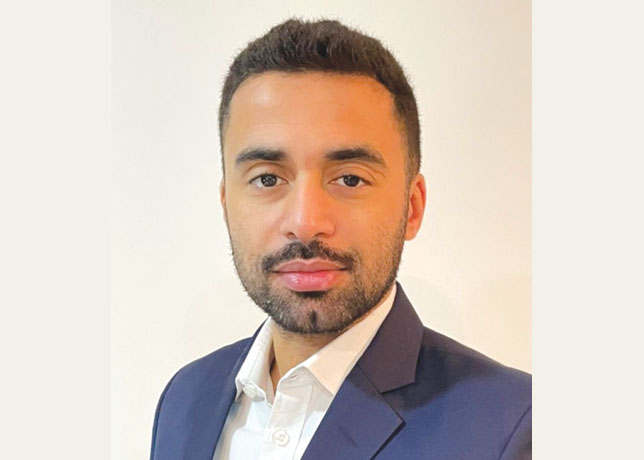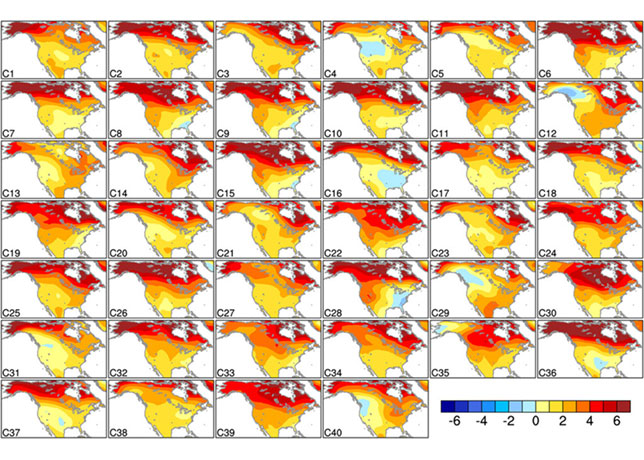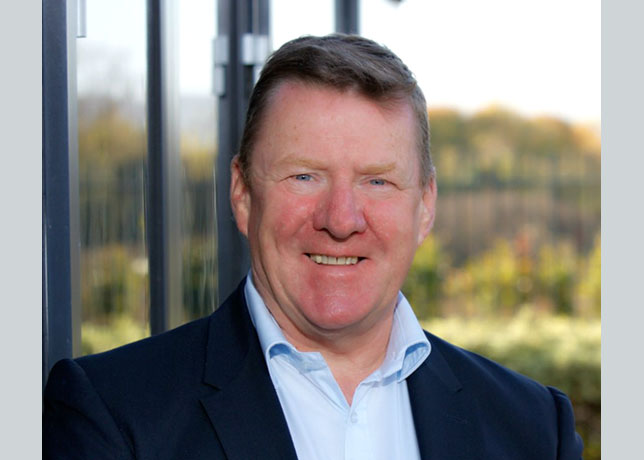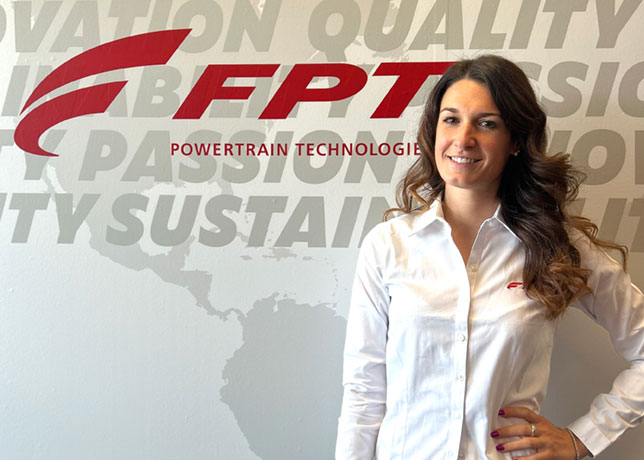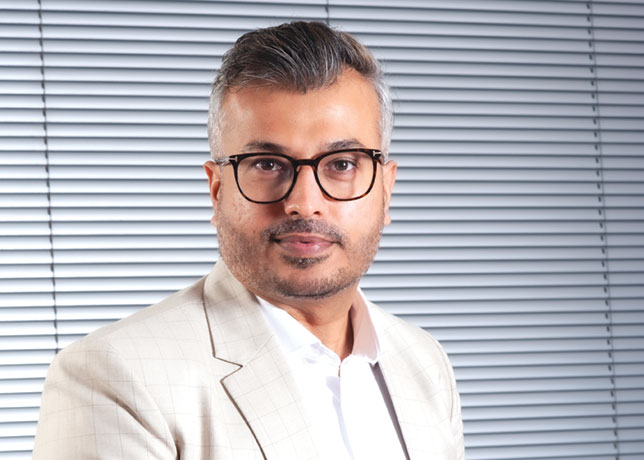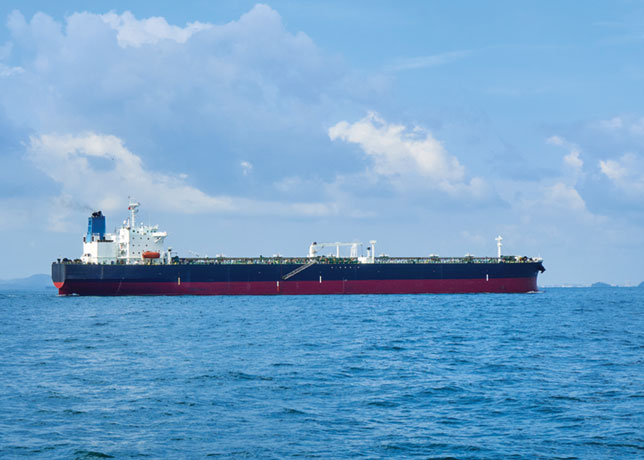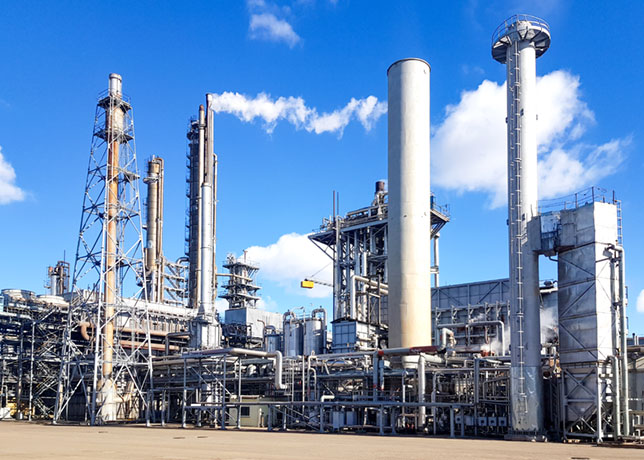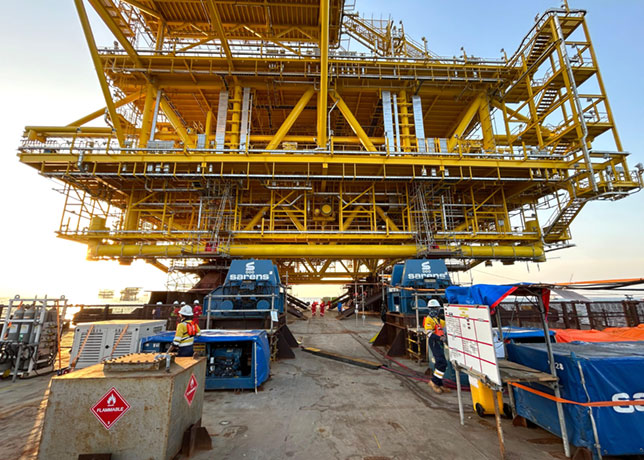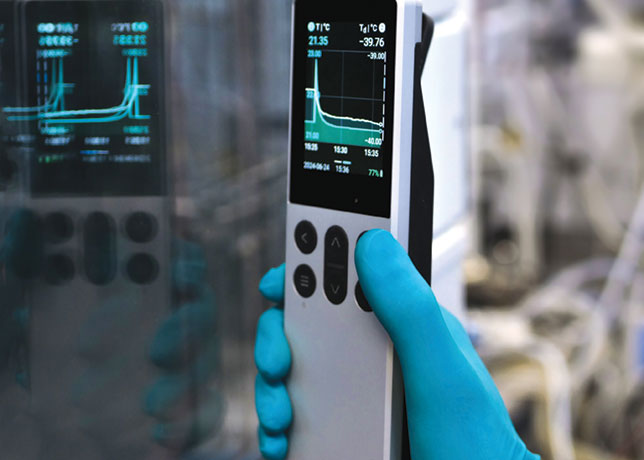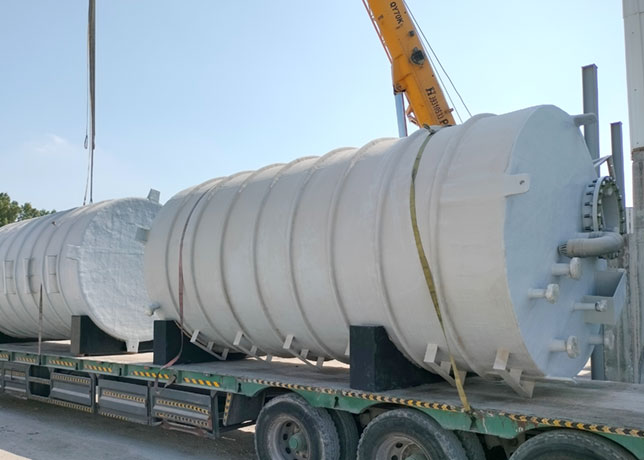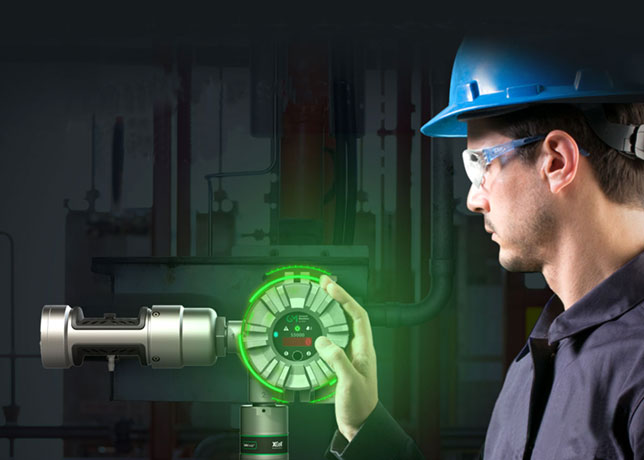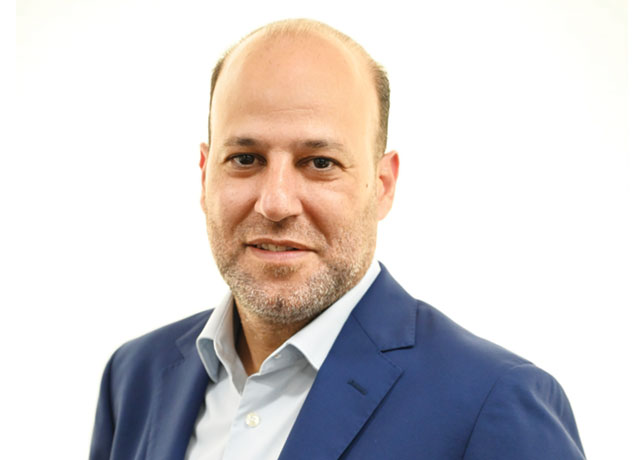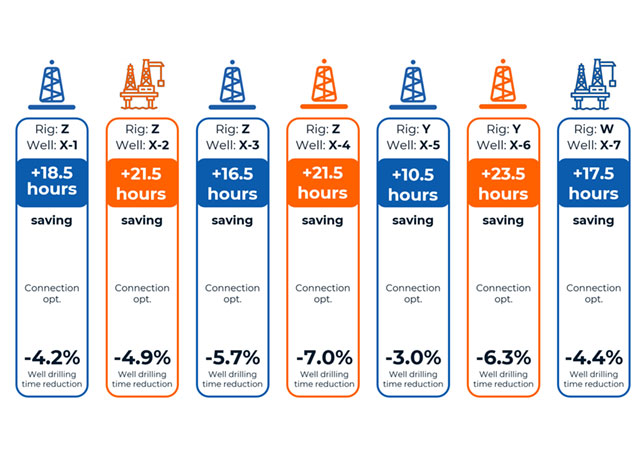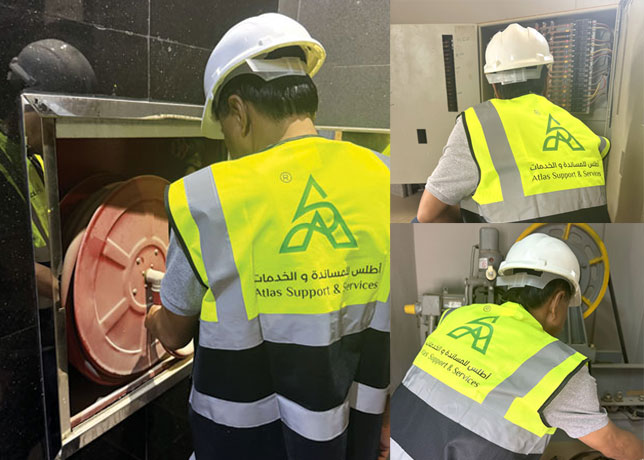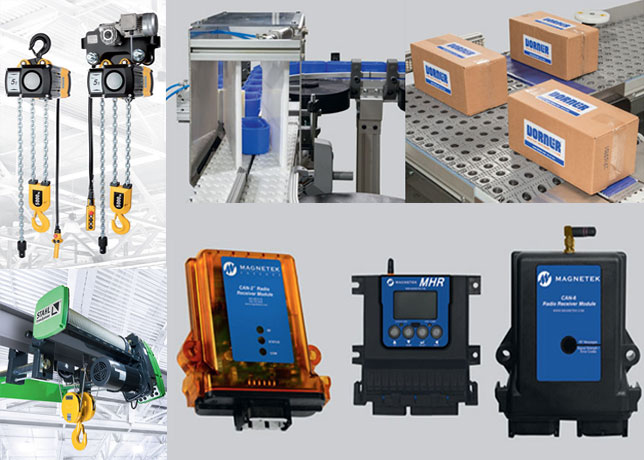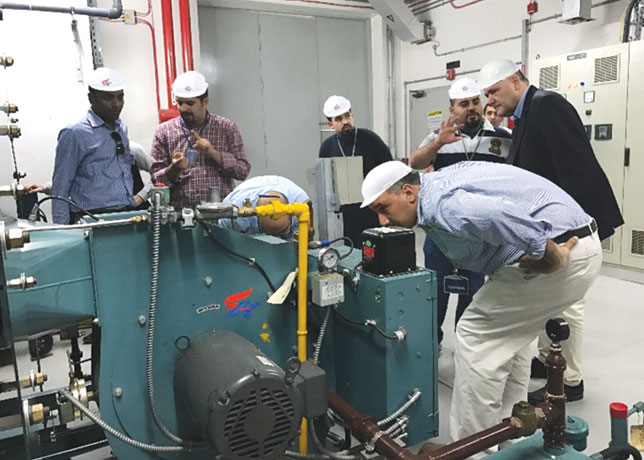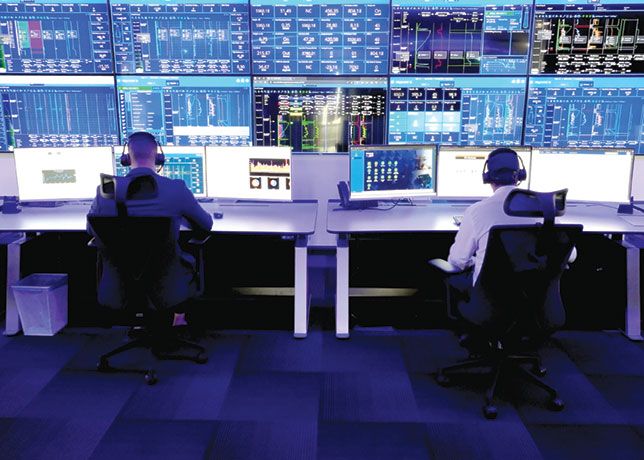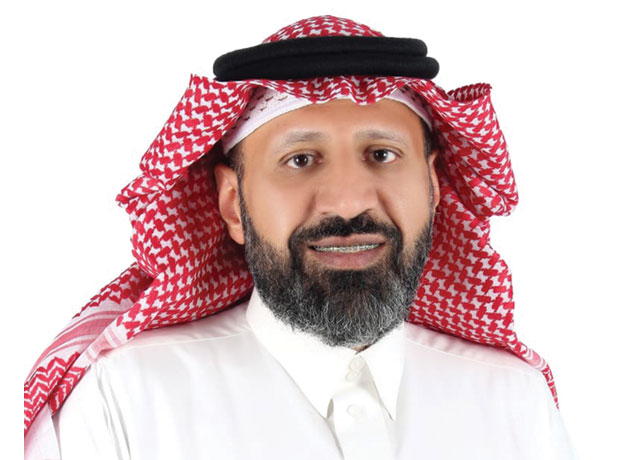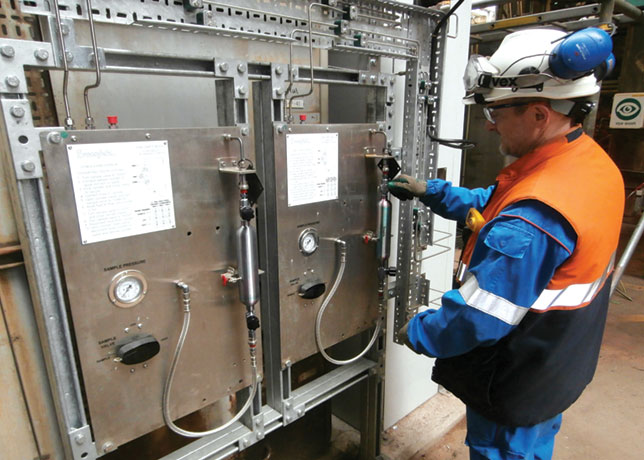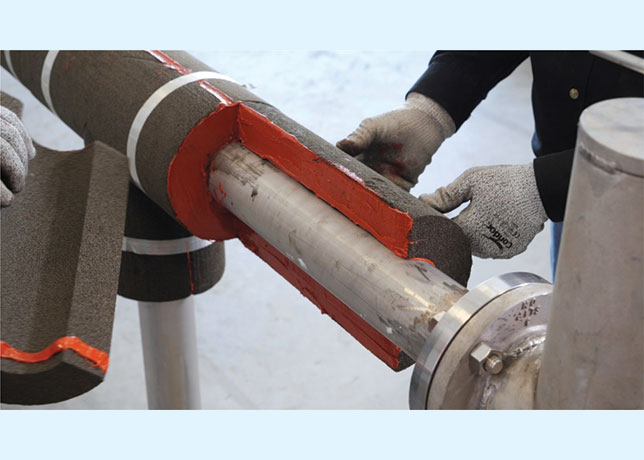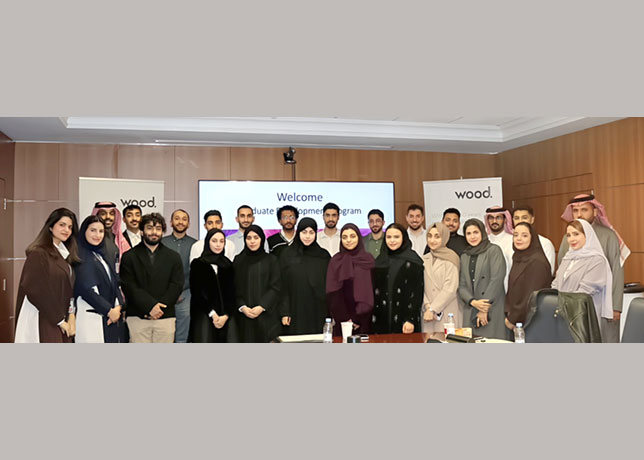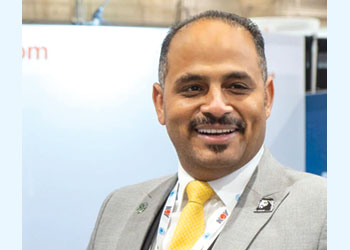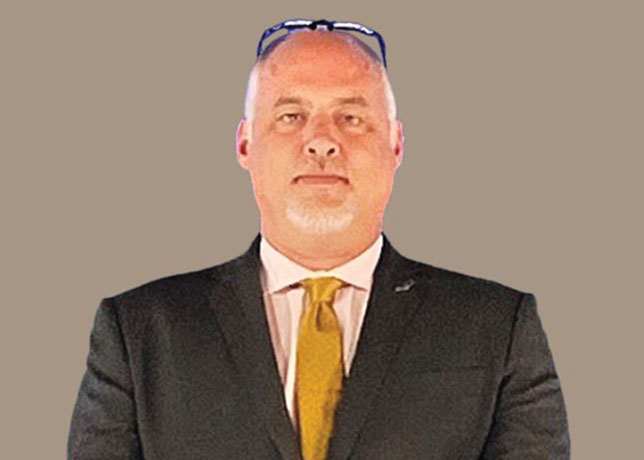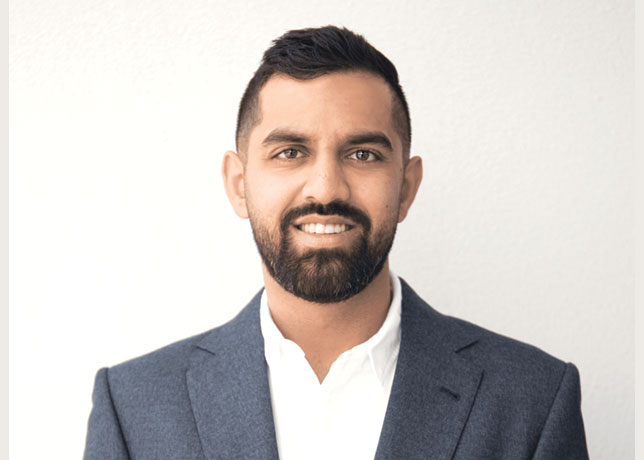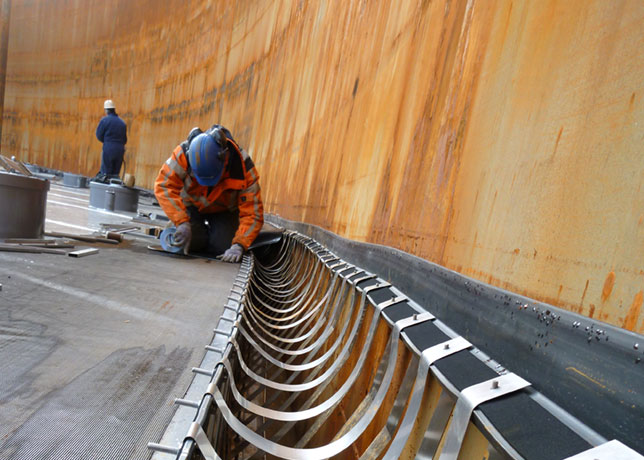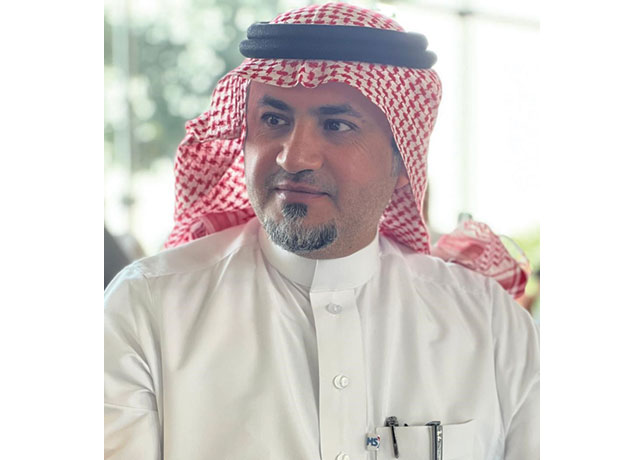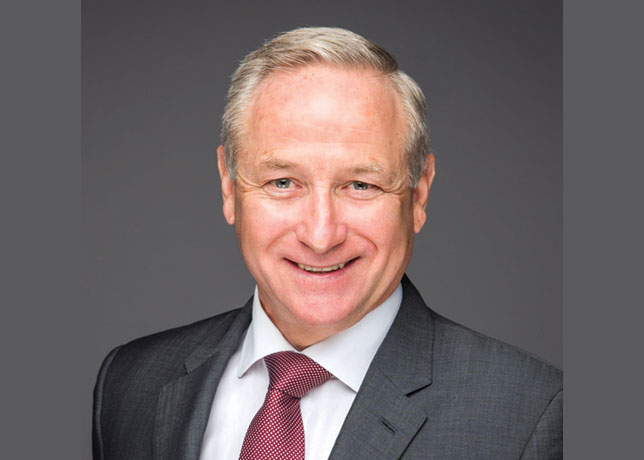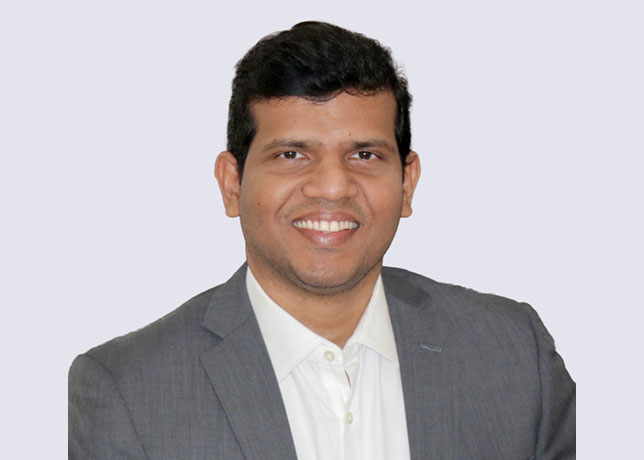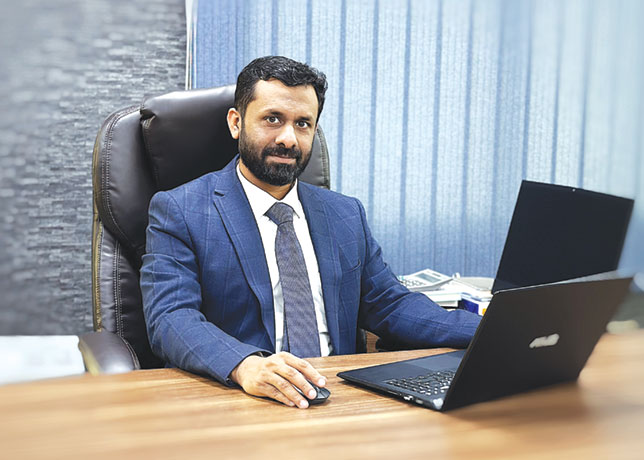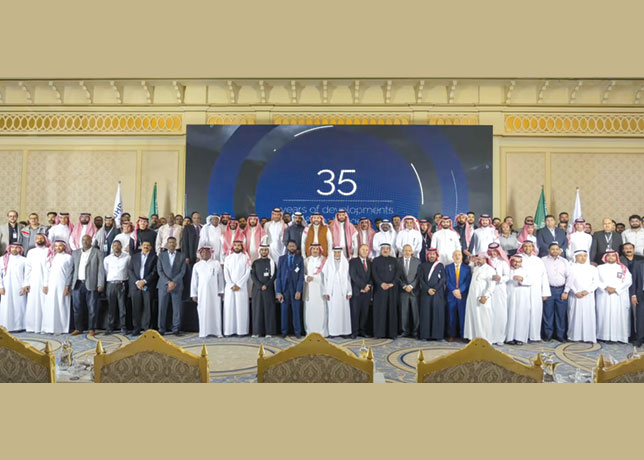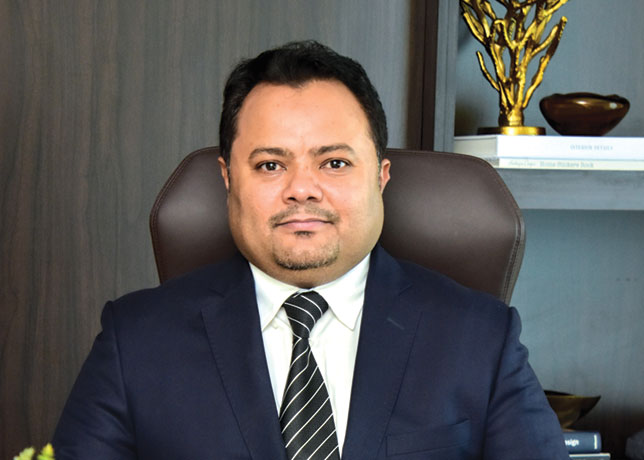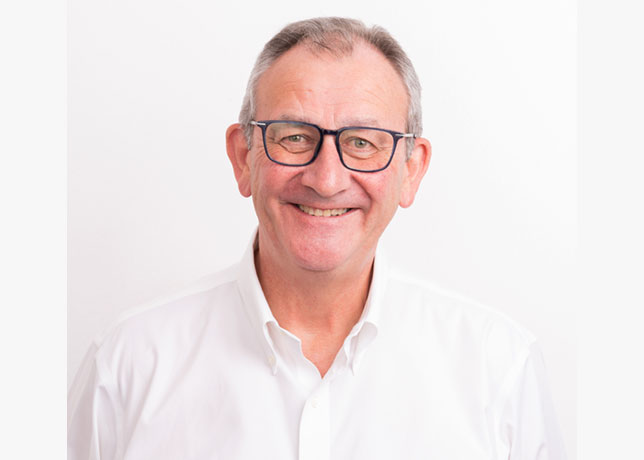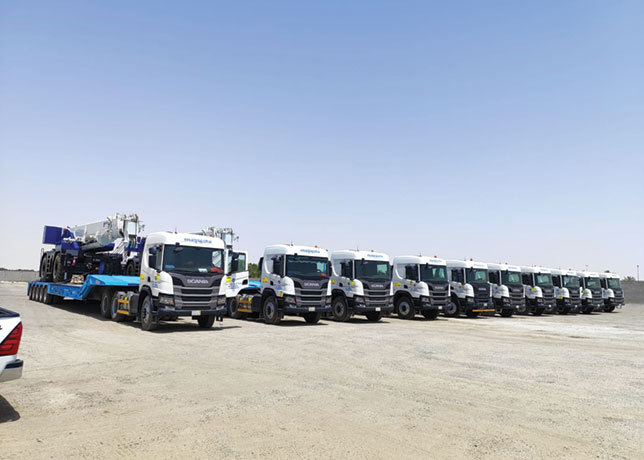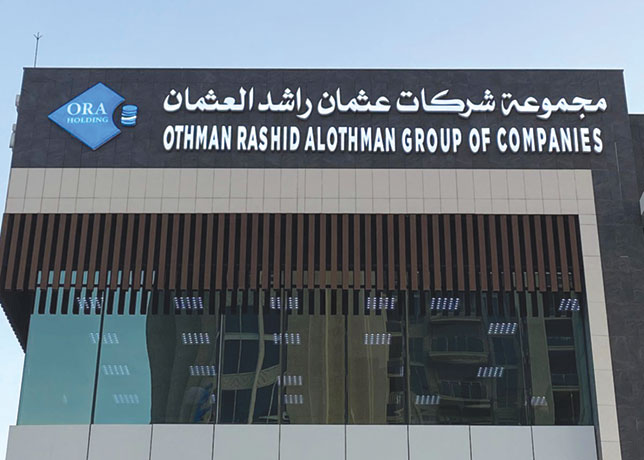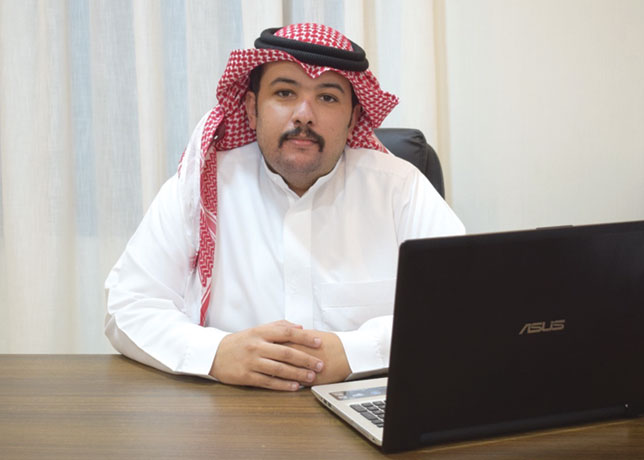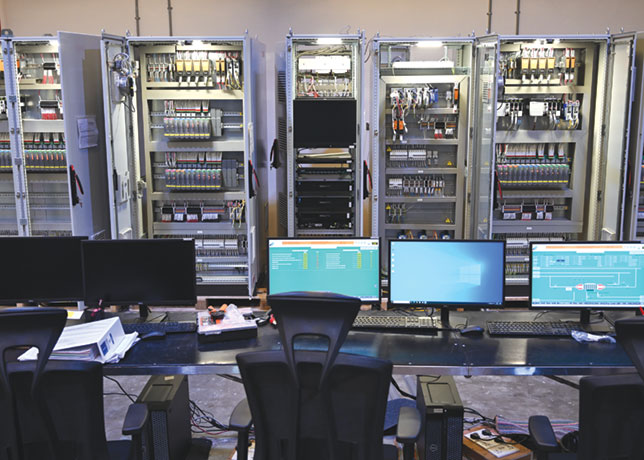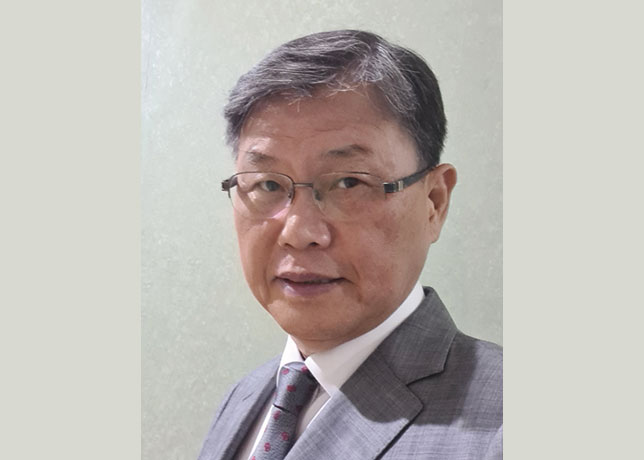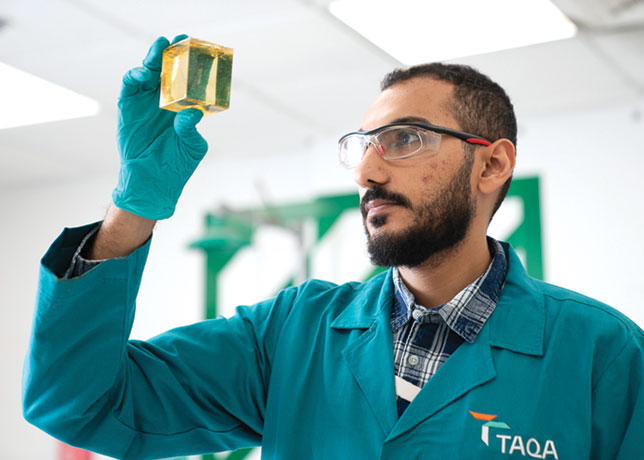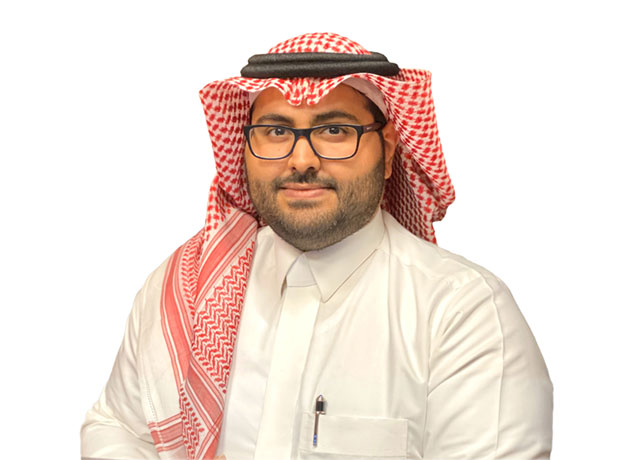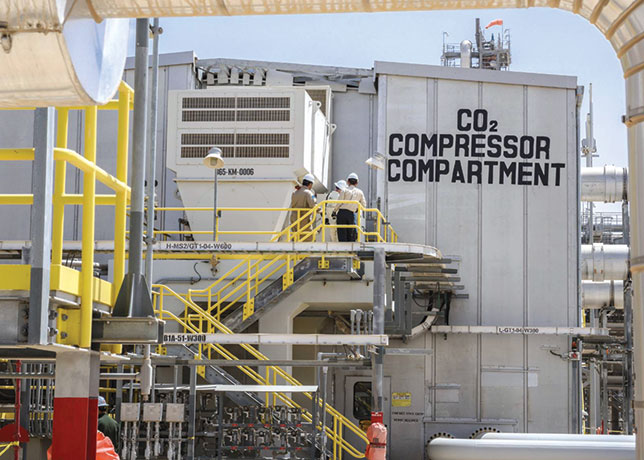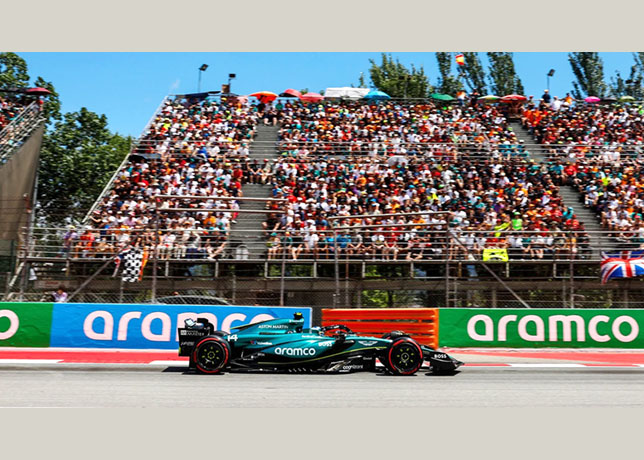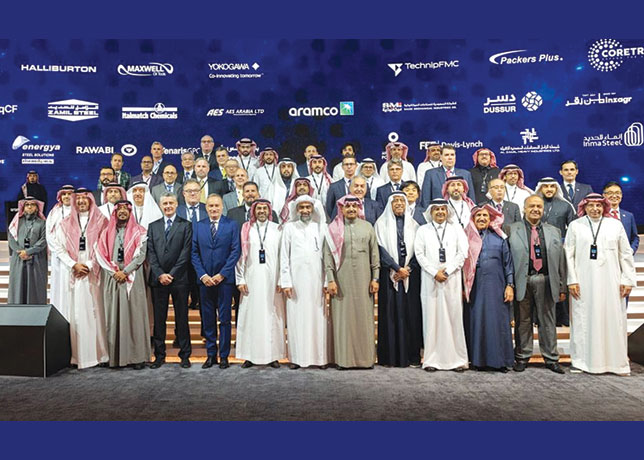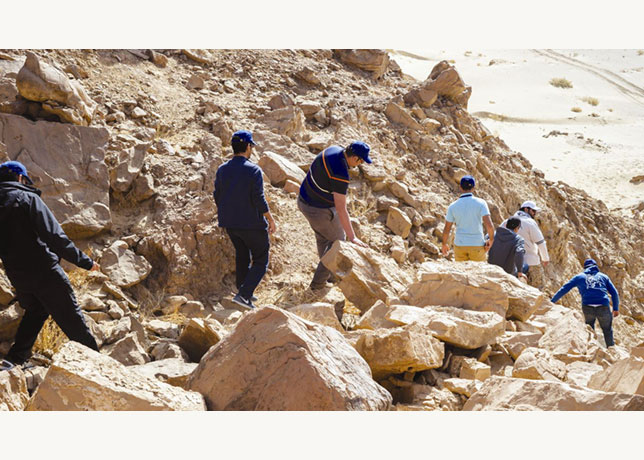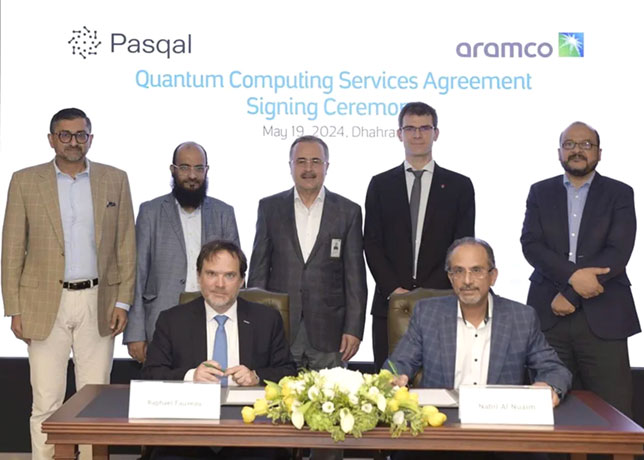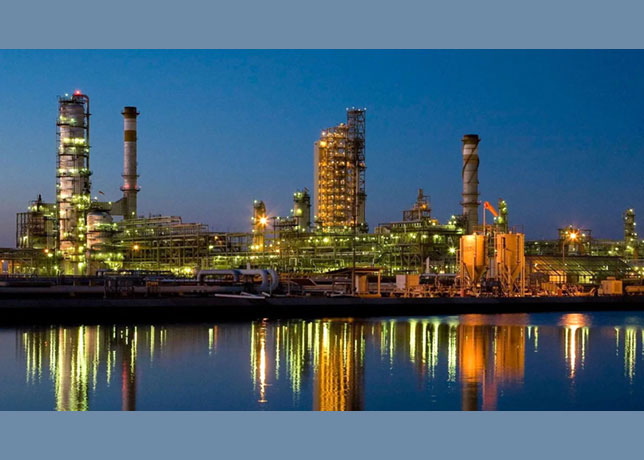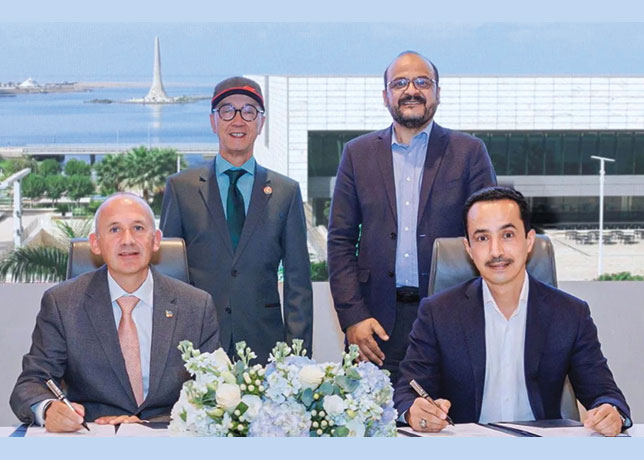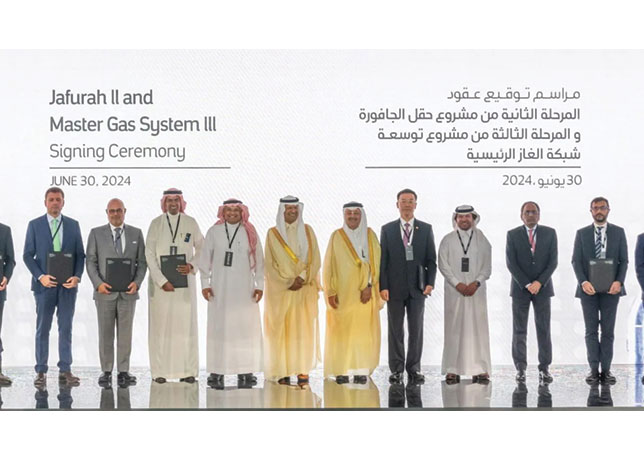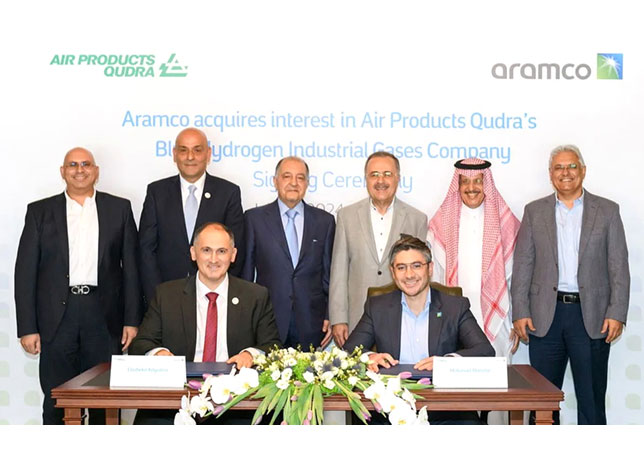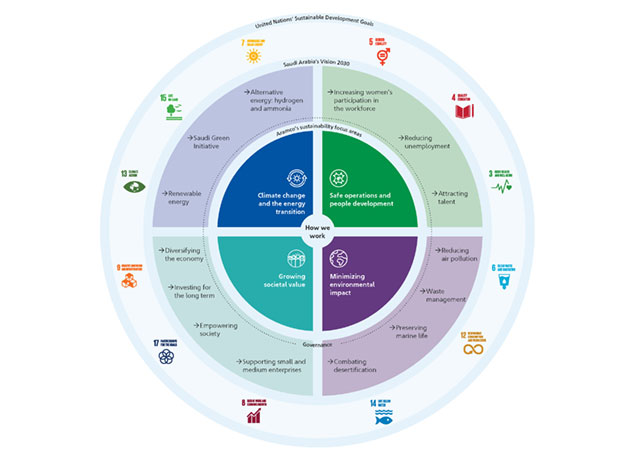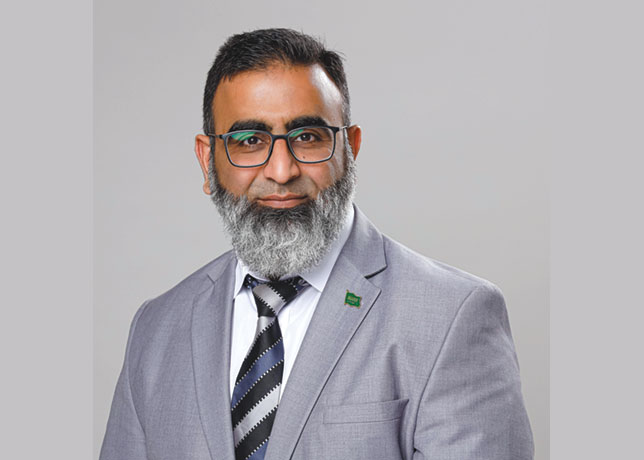
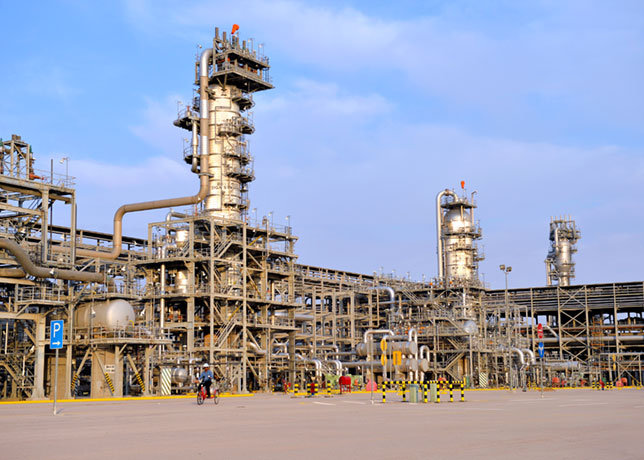 The Hawiyah gas plant is part of the Ghawar oil field, the world’s largest onshore oil field
The Hawiyah gas plant is part of the Ghawar oil field, the world’s largest onshore oil field
The company has continued to create and deliver both value and growth, as demonstrated by the positive investor response to the government's secondary public offering and a recent $6 billion bond issuance, says Amin Nasser
Saudi Aramco, the largest oil producing company in the world, has showcased impressive financial results and an increased capital expenditure (capex) for Q2 2024, continuing its trend of robust performance despite slight declines in profit compared to the previous year.
With profits reaching $29.2 billion for Q2 2024 and $56.3 billion for the first half of the year, Aramco remains a powerhouse in the global energy sector.
The company also anticipates issuing total dividends of $124.2 billion for the year, demonstrating its commitment to providing substantial returns to its shareholders.
Aramco’s capital expenditure in Q2 2024 saw a notable increase of nearly 14 per cent year-on-year, reaching $12.1 billion.
This upsurge is reflective of the company’s continued focus on strategic investments and expansion projects.
For H1 2024, the total capex amounted to $23 billion, up from $19.2 billion during the same period in 2023.
The significant rise in upstream capex is particularly noteworthy, with an impressive 24 per cent increase in H2 2024 compared to the same period the previous year.
This boost in upstream investment underscores Aramco’s ongoing efforts to maintain its maximum sustainable capacity (MSC) at 12 million barrels per day (bpd) and advance its gas business expansion initiatives.
Early this year, Aramco received a directive from the Ministry of Energy to maintain its MSC at 12 million bpd, and not to continue increase it 13 million bpd.
Amin Nasser, Aramco President and CEO, highlighted the company’s robust performance, stating: 'We have delivered market-leading performance once again, with strong earnings and cash flows in the first half of the year. Leveraging these strong earnings, we continued to deliver a base dividend that is sustainable and progressive, and a performance-linked dividend that shares the upside with our shareholders.'
He said: 'We have also continued to create and deliver both value and growth, as demonstrated by the positive investor response to the government's secondary public offering of Aramco shares and our recent $6 billion bond issuance.'
 |
In Q2 2024, global crude oil prices improved compared to the previous quarter, driven by easing inflationary pressures, expected seasonal demand growth, and decreasing global crude oil inventory stocks.
Aramco leveraged this favourable environment to deliver strong earnings and free cash flow through its low-cost Upstream production and strategically integrated Downstream business.
To maximise shareholder returns, the company declared a base dividend of SR76.1 billion ($20.3 billion) and the fifth distribution of performance-linked dividends amounting to $10.8 billion. The total declared dividends for the second quarter amounted to $31.1 billion.
Aramco’s capex for the quarter was $12.1 billion, reflecting the company’s focus on capturing growth opportunities and delivering value through its integrated portfolio.
In June 2024, the government executed a secondary public offering of Aramco shares, selling approximately 1.7 billion shares, representing 0.7 per cent of the company’s issued shares.
This offering, priced at SR27.25 per share, attracted substantial interest from both international and domestic investors. The government retains an 81.48 per cent direct shareholding in Aramco.
July 2024 saw Aramco complete an international bond offering through its Global Medium Term Note Programme, successfully raising $6 billion.
The bonds, issued in 10, 30, and 40-year maturities, were listed on the London Stock Exchange’s main market. The proceeds from the issuance will be used for general corporate purposes.
BILLIONS PAID IN DIVIDENDS
In H1 2024, Aramco distributed base dividends totalling $40.6 billion. Additionally, performance-linked dividend distributions amounted to $21.5 billion, bringing the total dividends for the period to $62.1 billion.
 |
Petro Rabigh ... Aramco is set to become its bigger shareholder |
These dividend payments have led to a reduction in cash and cash equivalents and a corresponding decrease in shareholders’ equity, as reflected in the consolidated balance sheet and statement of changes in equity.
Aramco’s financial manoeuvring also involved significant debt repayments during this period. In April 2024, the company repaid $2.0 billion related to the second tranche of its five-year USD-denominated unsecured notes issued in 2019.
In June 2024, Aramco settled $1 billion concerning the first tranche of its three-year international Sukuk trust certificates issued in 2021. These repayments contributed to a decrease in both cash reserves and borrowings.
Additionally, in June 2024, as part of the secondary public offering, Aramco acquired 137.6 million ordinary shares from the Government for $1.0 billion. These shares, classified as treasury shares, will be utilised in the company’s employee share plans, further impacting cash reserves and shareholders' equity.
Aramco also made strategic acquisitions during H1 2024. In March, the company completed the acquisition of a 100 per cent equity stake in Esmax for $0.37 billion.
This acquisition led to a reduction in cash and an increase in net assets.
Additionally, in May 2024, SABIC transferred ownership of Hadeed to the Public Investment Fund (PIF), with Aramco receiving $0.32 billion in cash and the remaining amount recognised as deferred consideration.
OPERATIONAL PERFORMANCE
Aramco’s operational performance highlights significant progress in its strategic objectives, particularly in its gas expansion efforts.
The company announced contract awards exceeding $25 billion, reflecting its commitment to increasing sales gas production by more than 60 per cent by 2030 compared to 2021 levels.
Notable contracts include those for the Jafurah unconventional development Phase Two, Master Gas System Phase 3, and the Fadhili Gas Plant expansion.
In Q2 2024, Aramco achieved total hydrocarbon production of 12.3 million barrels of oil equivalent per day (boed).
The company’s exploration activities resulted in seven new oil and gas discoveries in the Kingdom’s Eastern Province and Empty Quarter, encompassing two unconventional oilfields, one Arabian light oil reservoir, two natural gas fields, and two natural gas reservoirs.
Ongoing projects include the procurement and construction activities for crude oil increments at Marjan, Berri, and Zuluf fields.
In addition to its upstream activities, Aramco has expanded its partnerships and investments in innovative technologies and markets.
The company has partnered with leading car manufacturers to develop lower-emission vehicle technologies, acquired a 50 per cent interest in the Blue Hydrogen Industrial Gases Company (BHIG), and grown its global retail network by acquiring a 40 per cent equity stake in Gas & Oil Pakistan.
Aramco has also signed an agreement with Pasqal to deploy the first quantum computer in the Kingdom.
Aramco’s outlook for oil demand remains optimistic, with forecasts indicating a continued increase in global oil demand.
For H2 2024, demand is expected to range between 104.6 million bpd and 106.2 million bpd, supported by a robust economic environment and record global oil demand in the first half of the year.
UPSTREAM OPERATIONS
In Q2 2024, Aramco maintained a steady total hydrocarbon production of 12.3 million boed, reflecting its commitment to operational excellence and efficiency.
The company’s exploration efforts led to the discovery of seven new oil and gas fields in the Kingdom’s Eastern Province and Empty Quarter, contributing to an expanded resource base.
The key upstream projects making notable progress include:
• The Dammam Development Project: Expected to add 25,000 bpd of crude oil production later this year and 50,000 bpd by 2027.
• The Marjan and Berri Crude Oil Increments: The projects are anticipated to add 300,000 bpd and 250,000 bpd of production capacity by 2025.
• The Zuluf Crude Oil Increment: The project is designed to provide a central facility for processing 600,000 bpd of crude oil from the Zuluf field by 2026.
Aramco’s gas production strategy has also seen significant advancements. The ley developments include:
• Jafurah Gas Plant: Phase one of this project is expected to commence production in 2025, with Phase Two currently underway and contracts worth SR46.5 billion ($12.4 billion) awarded. Production from the Jafurah gas development is projected to reach a sustainable sales gas rate of 2.0 billion standard cu ft per day (bscfd) by 2030, in addition to significant volumes of ethane, natural gas liquids (NGL), and condensate.
• Tanajib Gas Plant: Part of the Marjan development programme, this plant is expected to be operational by 2025, adding 2.6 bscfd of additional processing capacity from the Marjan and Zuluf fields.
• Hawiyah Unayzah Gas Reservoir Storage: The first underground natural gas storage in the Kingdom commenced reproduction, providing up to 2.0 bscfd of natural gas into the Master Gas System based on demand.
Aramco also introduced the Tuwaiq-1 high-performance computing system, enhancing its seismic imaging capabilities. The addition of Tuwaiq-1 is expected to significantly uplift seismic trace computational capability, with plans to double upstream within two years with the planned addition of the Ghawar-2 and Dammam-7 Plus supercomputers.
DOWNSTREAM EXPANSION
Aramco continued to develop a globally recognised Downstream business in the second quarter through the expansion of its global retail presence and investing in the development and commercialisation of more efficient mobility solutions.
The company also maintained its remarkable reputation for dependable operations with supply reliability of 99.7 per cent.
In the first half of the year, Downstream utilised approximately 52 per cent of Aramco’s crude oil production.
IMPROVED SUSTAINABILITY
In May 2024, Aramco published its 2023 Sustainability Report which sets out the company’s sustainability strategy and performance, its progress, and achievements made across its four sustainability focus areas.
In alignment with its continued efforts on sustainability reporting, Aramco increased the number of reported sustainability metrics to 74 in 2023 (from 61 metrics in 2022), with 18 metrics undergoing external assurance compared to 16 metrics in 2022.
Aramco seeks to mitigate GHG emissions through lower-carbon emissions solutions. The company delivered its first independently-verified carbon offset crude cargo through a pilot shipment of two million barrels of Arabian Light crude oil, with a carbon intensity of 2.42 kgCO2 e/boe for the production and loading stages and a total carbon intensity of 6.39 kgCO2 e/boe.
Contributing to the lower carbon intensity of the shipment were emissions reduction initiatives across relevant facilities and the use of offsets for residual emissions sourced from the Saudi-based Regional Voluntary Carbon Market.
NEW & CLEAN ENERGY
In June 2024, Aramco, along with partners ACWA Power and PIF, announced the signing of power purchase agreements with the Saudi Power Procurement Company for the development and operation of three new solar photovoltaic (PV) projects.
The solar PV facilities are expected to contribute an additional 5.5 GW2 of renewable energy to the national power grid once operational, which is anticipated in H1 2027.
The investment is expected to deliver significant growth in lower-emission power to the national grid and provide an opportunity for Aramco to lower its Scope 2 GHG emissions.
In line with its efforts to develop a lower carbon hydrogen business and expand its new energies portfolio, in July Aramco signed definitive agreements to acquire a 50 per cent equity interest in Blue Hydrogen Industrial Gases Company (BHIG), a wholly-owned subsidiary of Air Products Qudra.
Through BHIG, Aramco and Air Products Qudra plan to develop a lower-carbon hydrogen network in the kingdom’s Eastern Province, serving both domestic and regional customers.
During the second quarter, Aramco signed an agreement with Pasqal, a global leader in neutral atom quantum computing, to deploy the first in-kingdom quantum computer.
The agreement will see Pasqal install, maintain, and operate the 200-qubit quantum computer, which is scheduled for deployment in the second half of 2025.
The quantum computer will offer highly-advanced technology to solve complex problems, and supports Aramco’s aim to pioneer the use of quantum computing in the energy sector.
By Abdulaziz Khattak



















































































